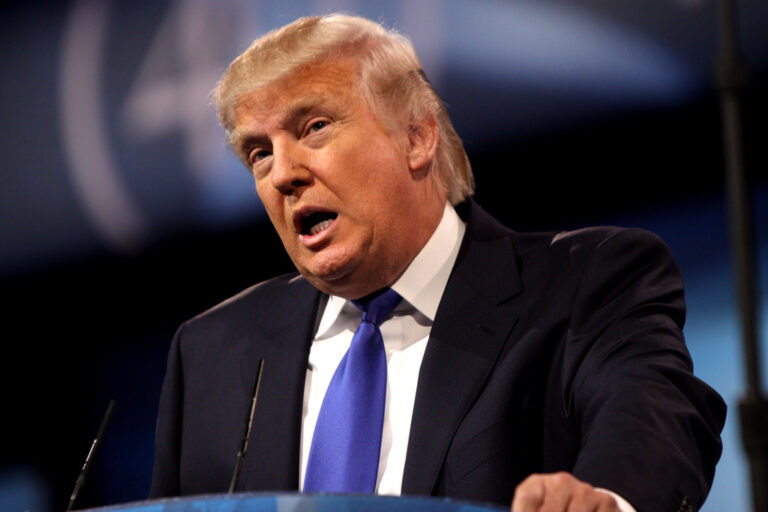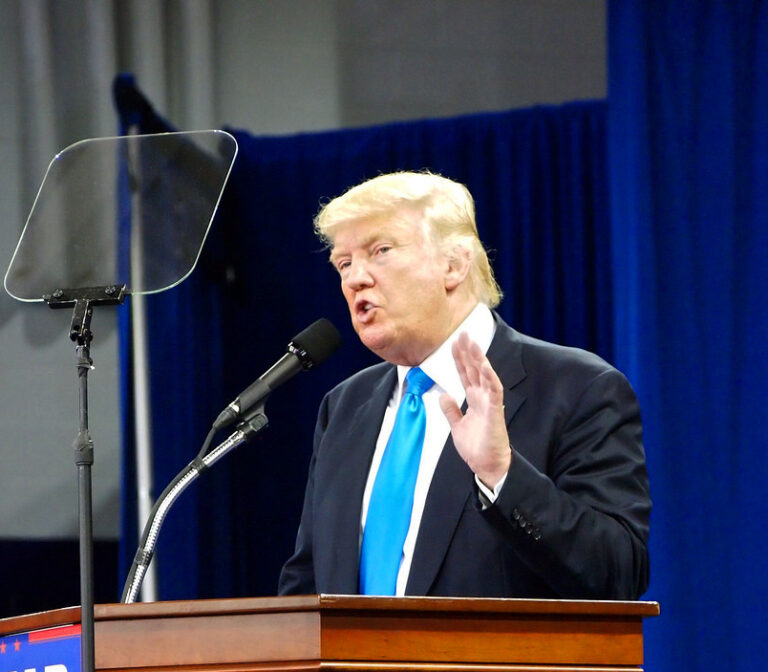Key takeaways
- Donald Trump wants to build a triumphal arch called the Arc de Trump in Washington.
- His niece, Mary Trump, blasts the plan as selfish and shameless.
- Mary urges people to focus on those enabling Trump’s moves.
- She links the arch idea to a government shutdown that hurts workers.
- Mary hints the arch could be repurposed one day if the nation endures.
Donald Trump has a big idea. He wants to build a triumphal arch in Washington. He plans to call it the Arc de Trump. He says it would stand at the entrance of the Memorial Bridge. That bridge leads from Arlington National Cemetery to the Lincoln Memorial. He says the arch will honor the nation’s 250th anniversary. Yet he admits it really honors him.
Almost at once, his niece Mary Trump reacted. Mary is a trained psychologist. She posted a video with her thoughts. She called the arch plan “audacious” and “shameful.” Then she argued the real problem is not just her uncle. It is everyone who lets him push boundaries without pushback.
What Is the Arc de Trump?
Donald Trump’s vision sounds grand. He wants a structure like Paris’s Arc de Triomphe. He imagines a giant arch with his name on it. He pitched the idea to national committees preparing for 2026. The arch would serve as a gateway to key sites in the capital. It could dominate the view near the Lincoln Memorial.
He says it would mark the 250th anniversary of the United States. Yet he also admits it is “in honor of him.” He even joked that one day people could visit the Arc de Trump as a tourist spot. In his telling, it would be another landmark bearing his brand.
Critics say the project is tone-deaf. The nation faces real challenges. A government shutdown has furloughed workers. Essential staff must work without pay. Yet the president talks about building monuments to himself.
Mary Trump Fires Back at the Arc de Trump
Mary Trump did not hold back. In her video message, she asked if anyone is still shocked by her uncle’s antics. She called him “despicable,” “greedy,” and “grifty.” She said the arch plan made her “die of shame.”
She also found a silver lining. If the nation survives Trump’s term, maybe future leaders could repurpose the Arc de Trump. She said that thought made her smile a bit. Then she pressed her main point: it is time to shift focus.
Donald Trump will keep pushing limits, Mary said. That is his pattern. If he can get away with something, he will push it further. Therefore, she urged people to watch those who allow him to act. She named no one, but pointed to officials and lawmakers. She questioned their silence and inaction.
Why the Arc de Trump Draws Criticism Amid a Shutdown
The arch proposal comes as the government shuts down. Many federal employees are furloughed. Others must work without pay. The nation’s attention is on rush-hour trains, social services, and national parks closing.
Despite that, the White House plans a grand structure. Critics call it tone-deaf. They say it shows disconnect from everyday struggles. They note that building an arch costs millions. Those funds could cover back pay for furloughed workers.
Even more, the arch sits near sacred ground. Arlington National Cemetery holds the graves of U.S. service members. Many feel an arch named after a living president does not fit there.
Yet Trump pushes on. He talks of making his own thank-you monument. He sees the Arc de Trump as part of his legacy. He views big projects as history’s proof of power.
Shining Light on Those Who Allow It
Mary Trump’s main message goes beyond scolding her uncle. She wants accountability from others. She argues it is easy to mock Trump. But the real issue is the team that lets him ride roughshod over norms.
She asks: Who signs off on these plans? Who writes the checks? Who refuses to speak up? She warns that endless enabling breeds more extreme acts. She urges voters and officials to hold people in power to account.
Her call echoes other critics. They worry that once power is unchecked, grand projects follow. Monuments, buildings, and programs expand presidential reach. Soon, personal branding eclipses public service.
The Future of the Arc de Trump
It remains unclear if the Arc de Trump will ever rise. Legal reviews and funding debates will follow. Public opinion also matters—especially in Washington. If enough people oppose it, planners may drop the idea.
Even if built, Mary Trump hinted it could have a second life. She joked about repurposing it someday. Perhaps one day a new generation will claim the arch for public use. They could carve different names on its stones.
For now, the arch lives in proposals and headlines. It stands as a symbol of self-promotion. It also stands as a test of political will. Will leaders fight back, or let it go forward? Will the public demand priorities shift?
Transition words guide us from idea to idea. Yet the story remains simple. Trump’s triumphal arch plan meets fierce family criticism. The plan spotlights power, legacy, and the push for accountability.
Frequently Asked Questions
What does the Arc de Trump plan include?
It envisions a massive arch at the entrance to the Memorial Bridge. The design resembles the Arc de Triomphe in Paris, with Trump’s name at its center.
Why is Mary Trump upset about the arch idea?
She views it as self-serving and shameless. She worries it distracts from serious issues like a government shutdown and furloughed workers.
How is the government shutdown related to this plan?
As workers lose pay, national leaders debate a pricey monument to a living president. Critics call it tone-deaf to public hardships.
Could the Arc de Trump actually be built?
The idea still needs approval, funding, and public support. Legal and political hurdles make its future uncertain.










